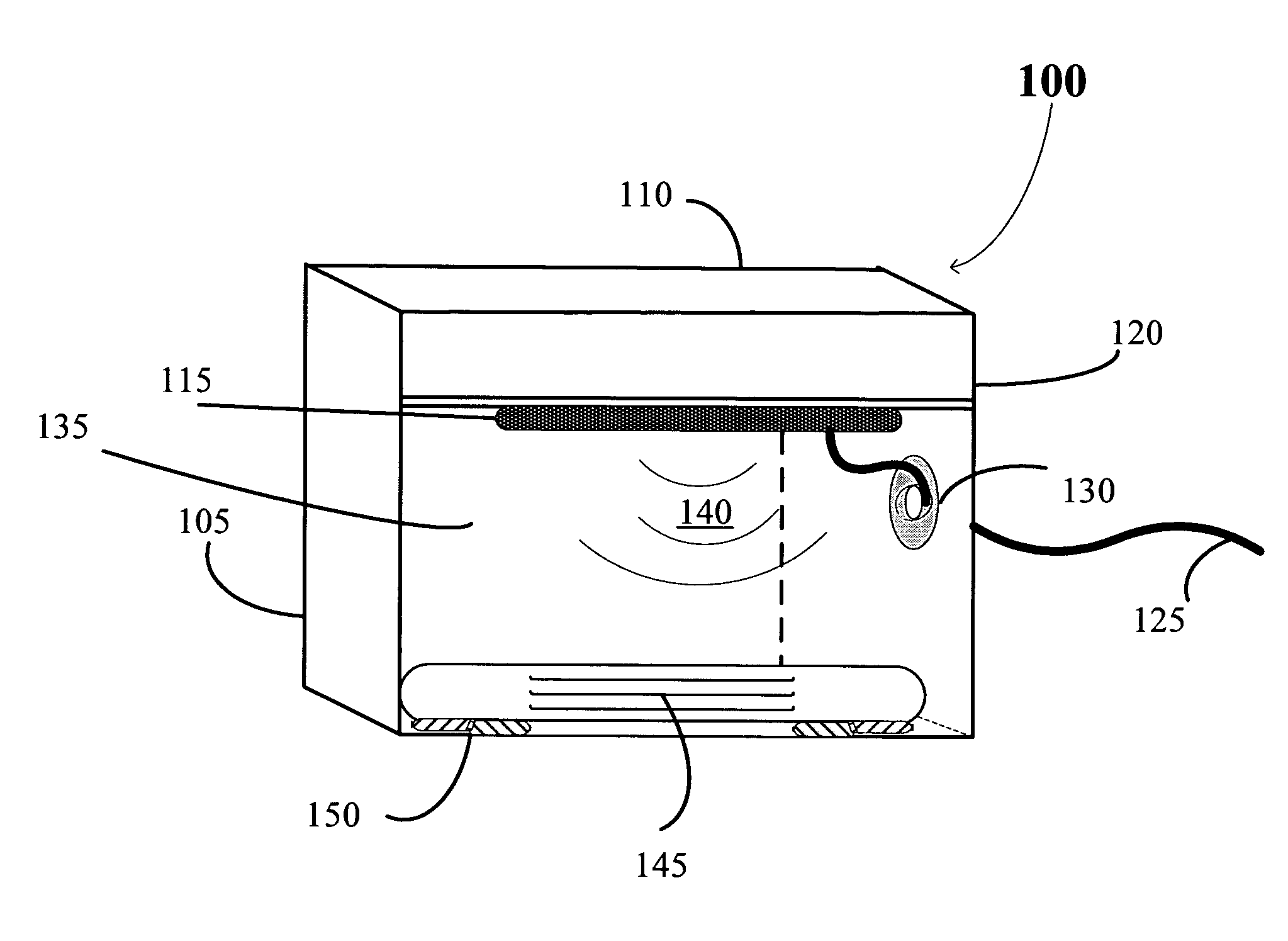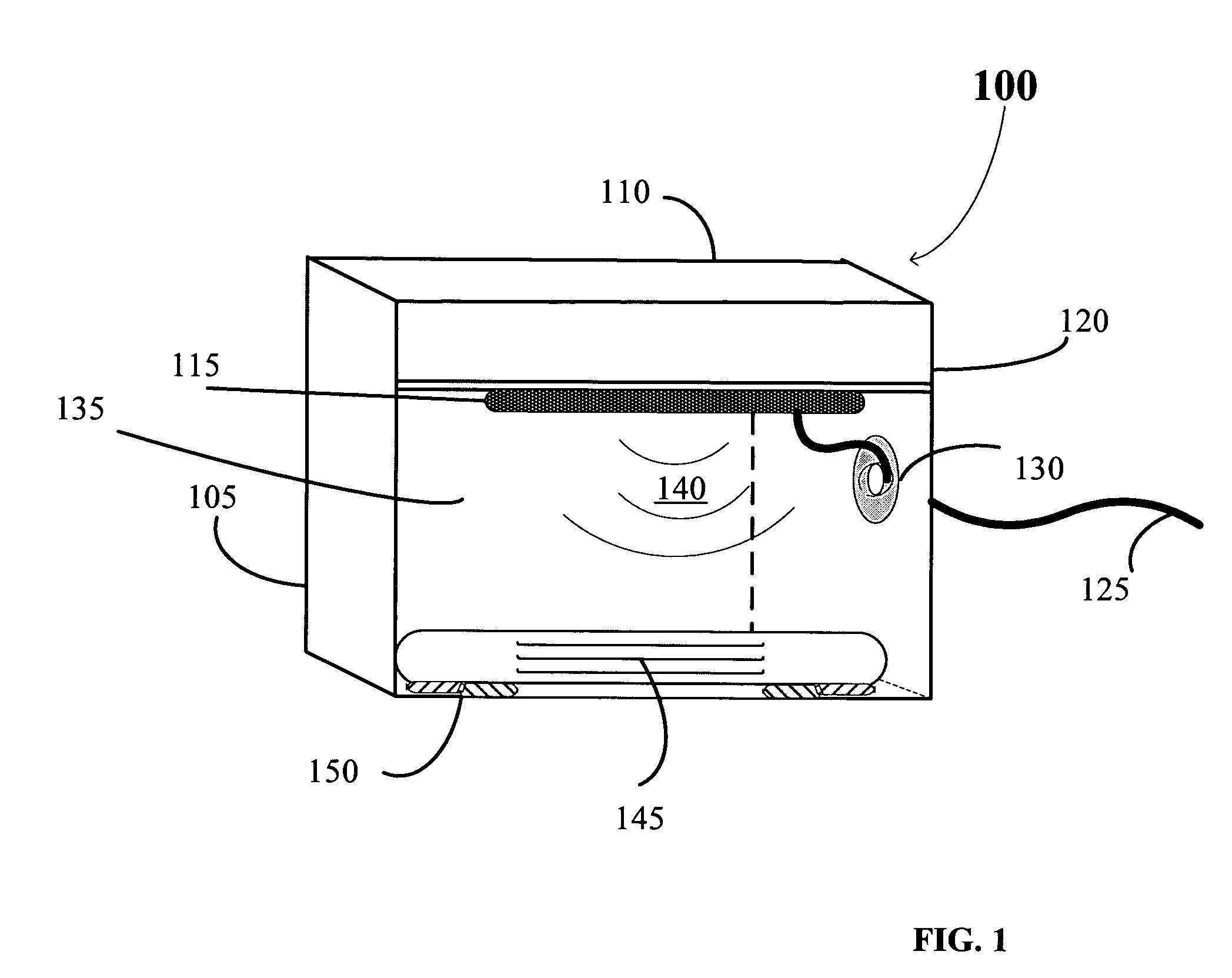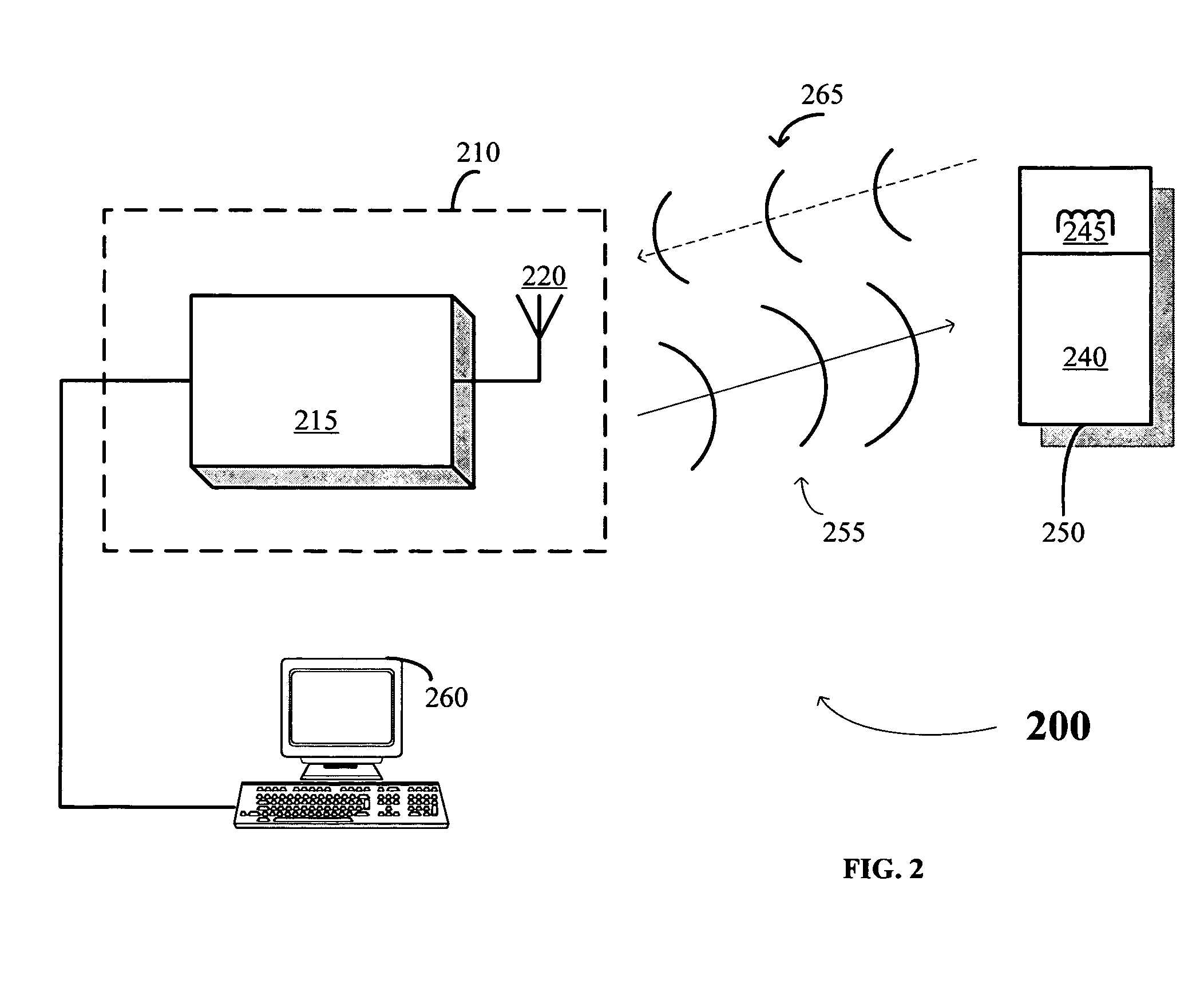Automated pass-through surgical instrument tray reader
a surgical instrument and reader technology, applied in the direction of instruments, applications, burglar alarm mechanical actuation, etc., can solve the problems of overly reliant on human interpretation for performing the necessary functions, surgical instruments that suffer wear and tear, and eventually reach the end of their life cycle, so as to reduce the cost of handling.
- Summary
- Abstract
- Description
- Claims
- Application Information
AI Technical Summary
Benefits of technology
Problems solved by technology
Method used
Image
Examples
Embodiment Construction
[0032]The following description is intended to convey a thorough understanding of the invention by providing a number of specific embodiments and details involving automating and adding value to surgical instruments, and surgical instrument kits. It is understood, however, that the invention is not limited to these specific embodiments and details, which are exemplary only. It is further understood that one possessing ordinary skill in the art, in light of known systems and methods, would appreciate the use of the invention for its intended purposes and benefits in any number of alternative embodiments, depending upon specific design and other needs.
[0033]Preferred embodiments of the present invention include a method and apparatus for automatically and wirelessly inventorying surgical instruments and the like, by retrieving information indicative of the manufacturer, part number, serial number and manufacturing data, cleaning date of each surgical instrument, when the process was c...
PUM
 Login to View More
Login to View More Abstract
Description
Claims
Application Information
 Login to View More
Login to View More - R&D
- Intellectual Property
- Life Sciences
- Materials
- Tech Scout
- Unparalleled Data Quality
- Higher Quality Content
- 60% Fewer Hallucinations
Browse by: Latest US Patents, China's latest patents, Technical Efficacy Thesaurus, Application Domain, Technology Topic, Popular Technical Reports.
© 2025 PatSnap. All rights reserved.Legal|Privacy policy|Modern Slavery Act Transparency Statement|Sitemap|About US| Contact US: help@patsnap.com



